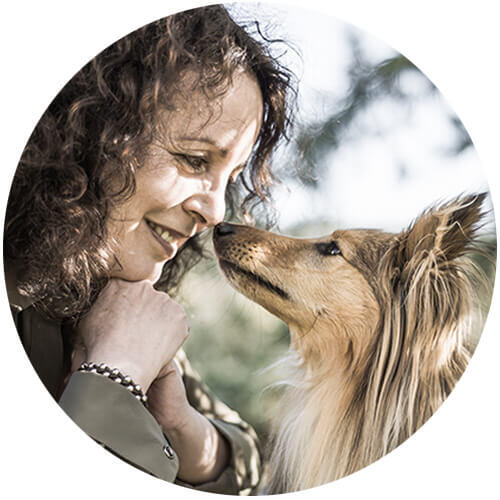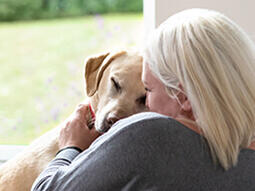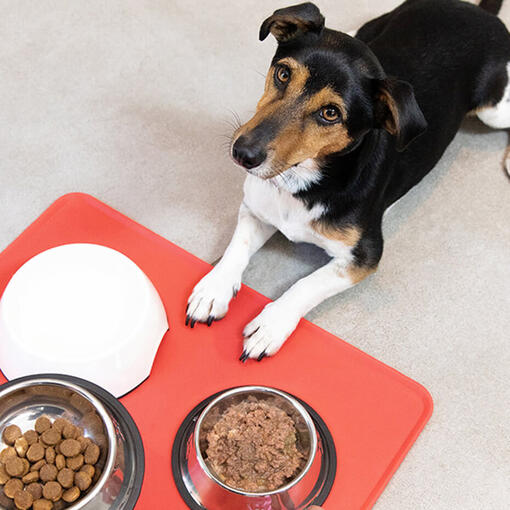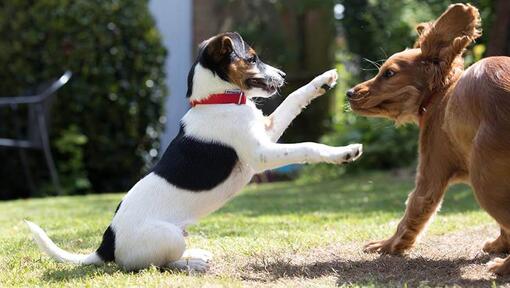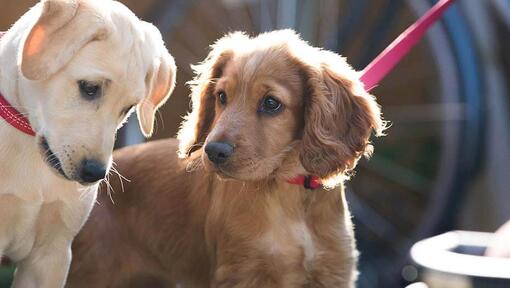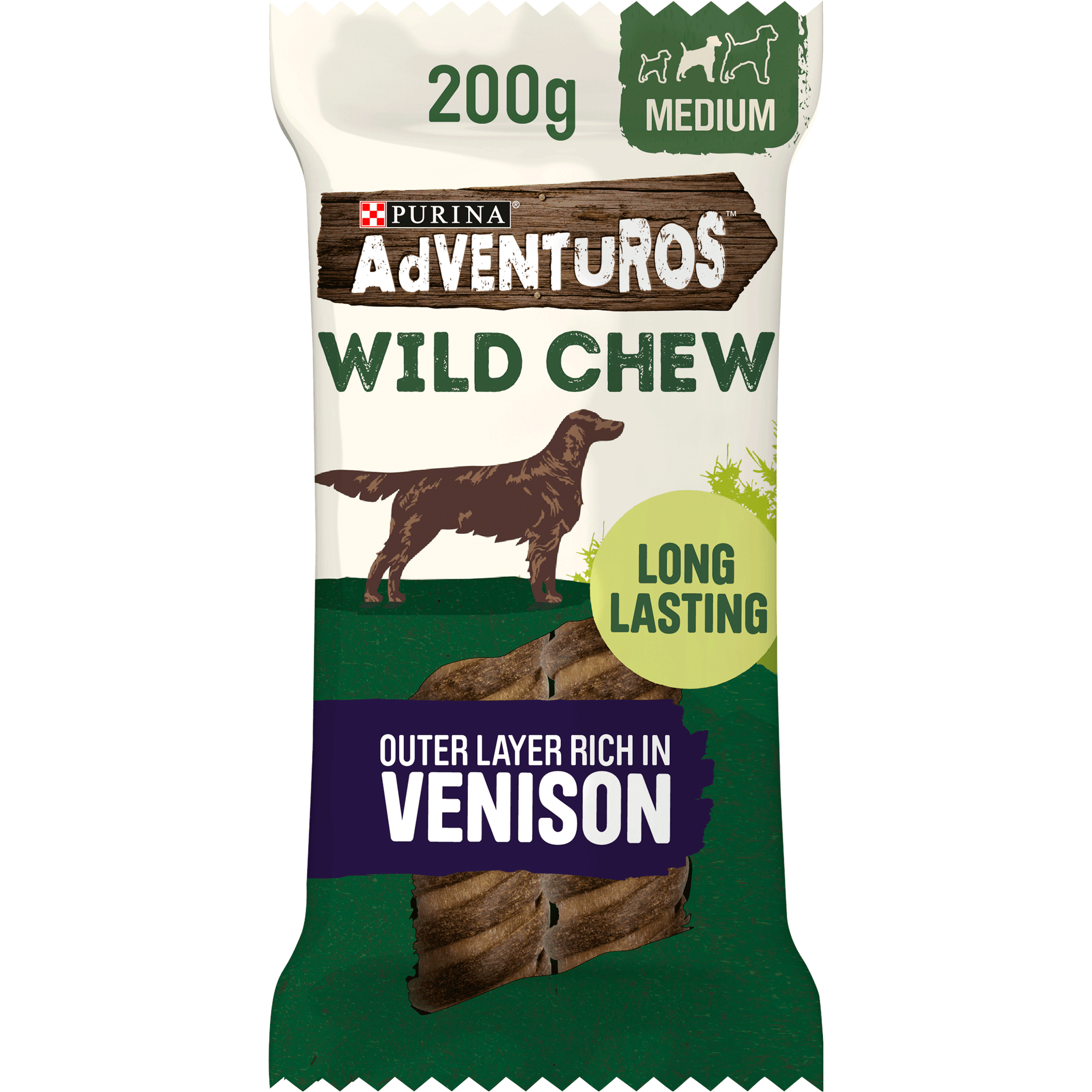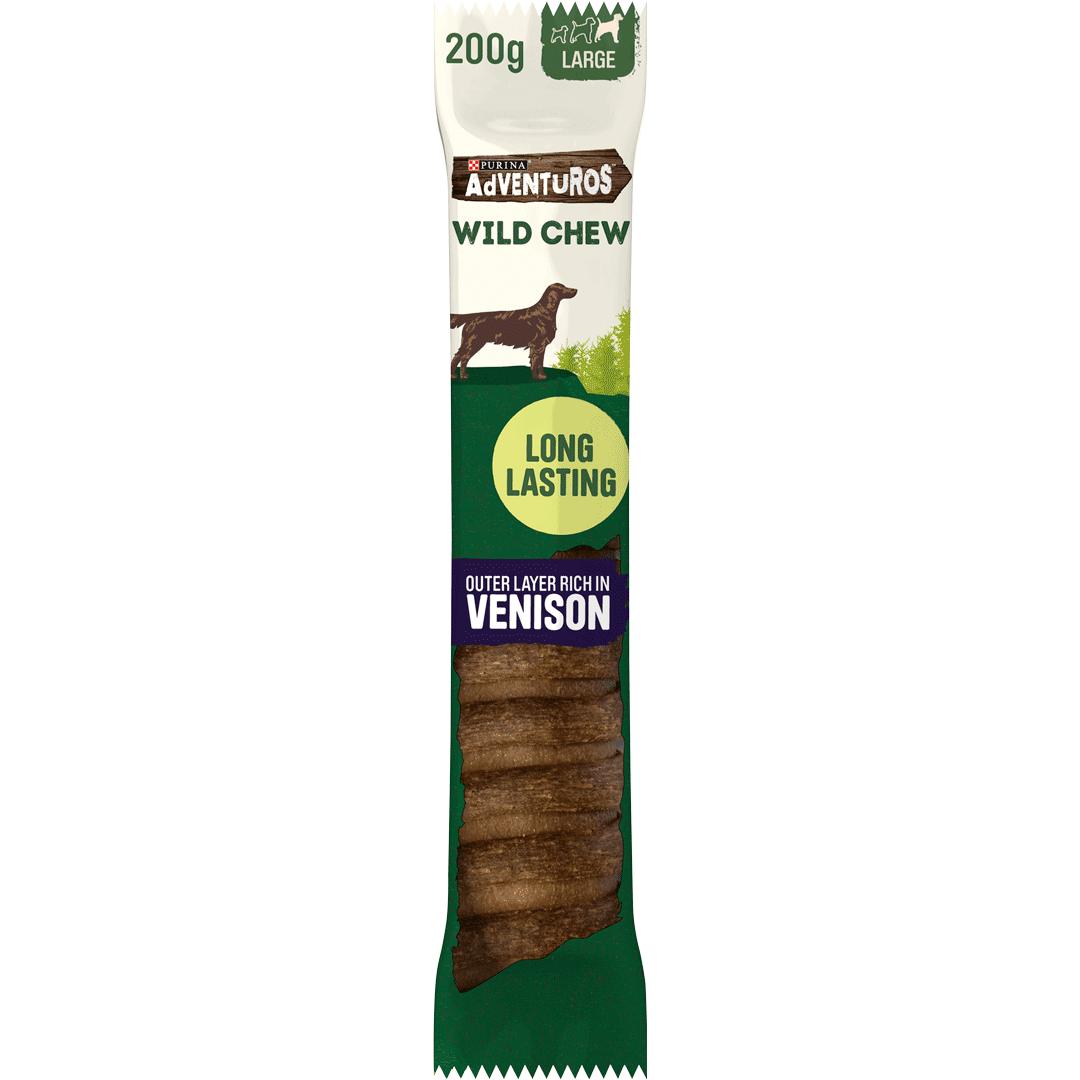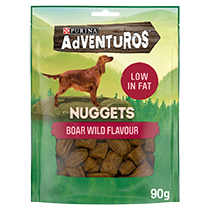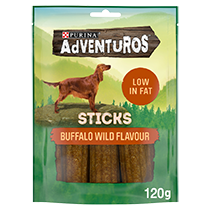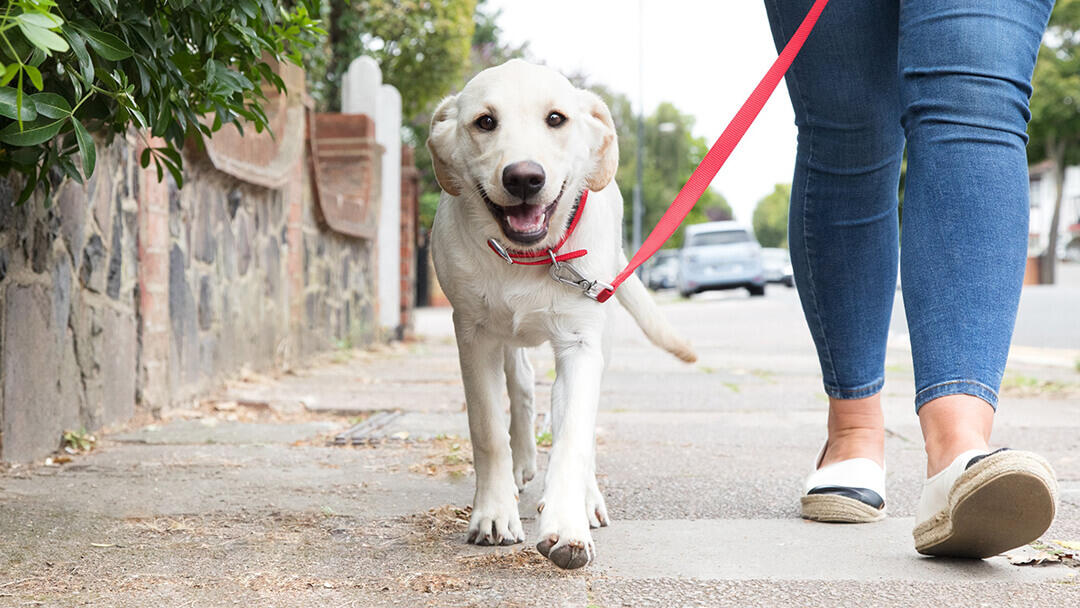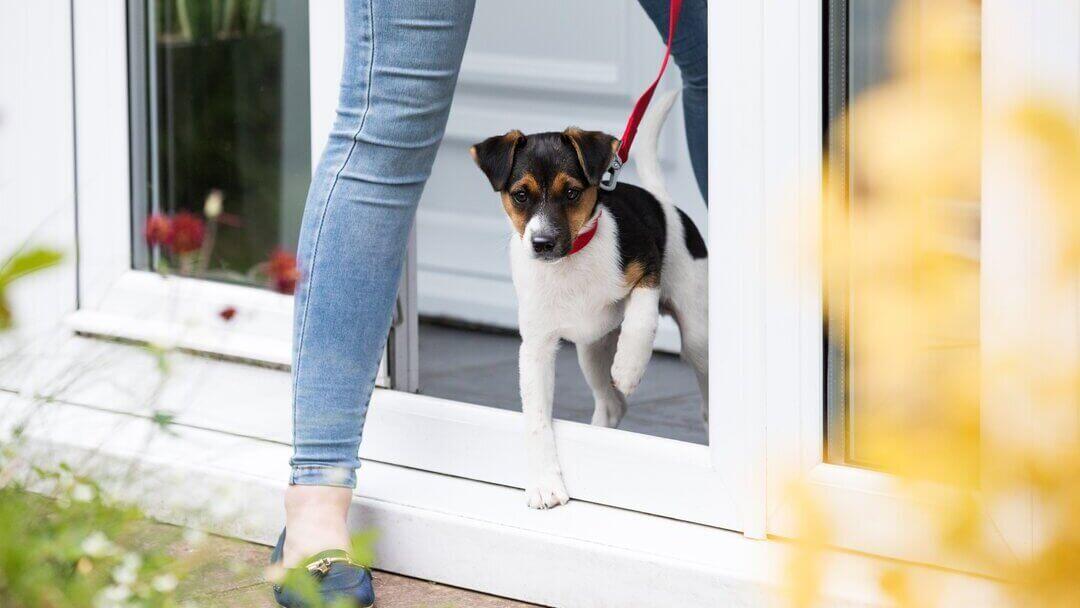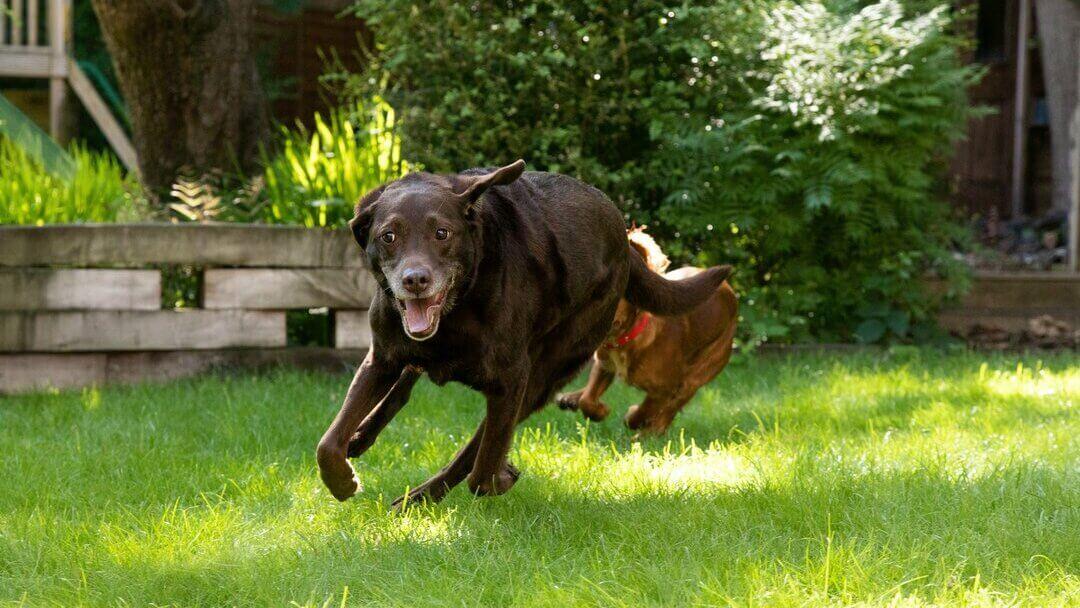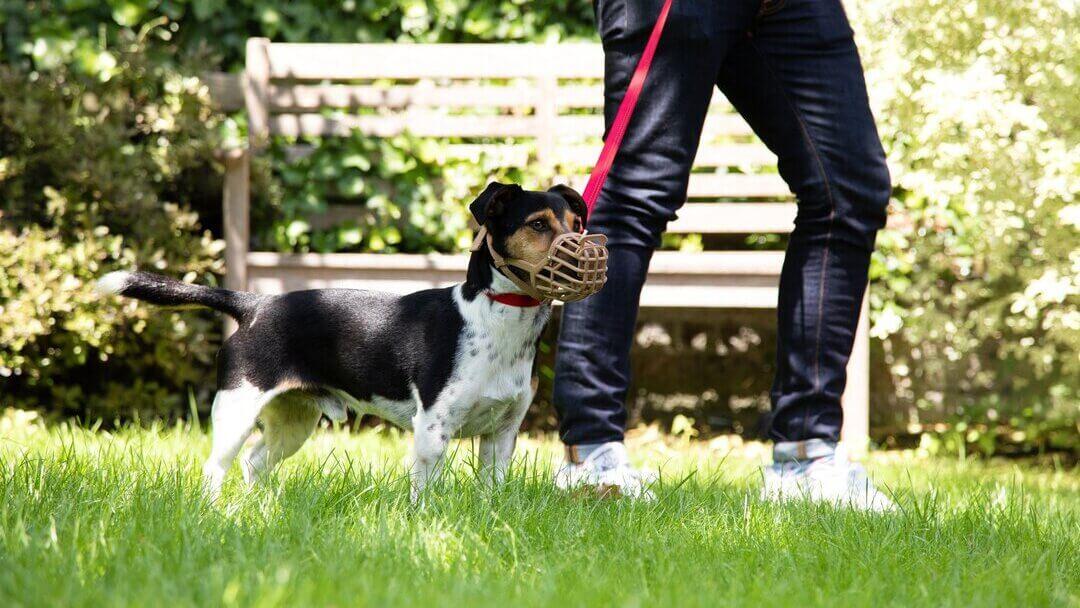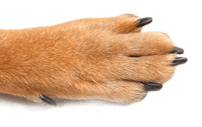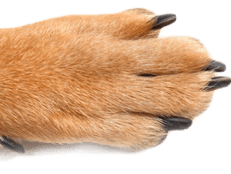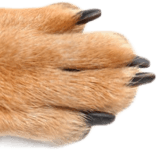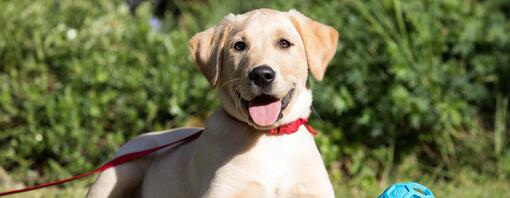
Good dog walking etiquette is all about making walks safe and enjoyable for everyone. It means paying attention to your dog’s needs, knowing how to handle interactions with other dogs and people, and following some simple do’s and don’ts to avoid stress or conflict along the way.
As public spaces get busier, practising good dog walking etiquette has never been more important. This guide is here to help you make the most of your dog’s walks, keeping them fun and healthy for your pet while also safe and considerate for others. By following a few simple guidelines, you can avoid stressful situations, steer clear of being “that owner,” and help create a more positive, welcoming community for all dog lovers.
Why is dog walking etiquette important?
With more dogs in our communities than ever before, it is difficult to avoid bumping into other dogs while out and about. There are few outdoor spaces that aren’t used by others – and if you live in an urban or small community, those prime dog walking spaces are becoming increasingly crowded.
We all know those nightmare dog walkers… The ones you dread seeing when you are out with your dog – and the ones you will take huge detours to avoid. You no doubt know them well or have seen them out and about. The ones whose dog comes barrelling over the second the lead is off, pestering other dogs or bouncing all over them, knocking the unwary flying… and where is the owner? Standing by the field gate chatting on their phone and shouting ‘it’s ok… they’re friendly!’ as their dog barges about being rude and anything but – and causing (often unintentional and unrecognised) chaos and stress!
How to practise good dog walking etiquette and control your dog
Like all social interactions, there are some often unspoken rules that if understood and adhered to, will not only make walks easier for you and your dog but can help prevent problem behaviours too – and prevent you being ‘that owner’ that everyone else talks about and avoids!
While it is important to observe basic dog walking manners while you are out and about, you also need to make sure your dog gets what they need from their daily walk.
Thankfully it is easy to combine good dog walking etiquette with, and enjoyable time spent with your dog improving your bond and your relationship. Not only that, but by being mindful of other dogs and people when you are out and about, you will be keeping your dog safer and make it less likely for them to get into a conflict situation or an interaction they find stressful.
Focus on your dog
First consider who this walk is for and so what your priorities should be? It is tempting to combine walking the dog with other errands such as nipping to the shop for some milk, doing the school run or catching up on phone calls and messages. While those can be a part of your dog’s daily routine your dog should have plenty of walks – at least one a day - that are just for them!
Walks are an opportunity for a dog to sniff new scents or catch up on old ones. Don’t underestimate how important this is for dogs. Scent is to them what texts, emails, reality TV and soap operas are to you! We have an underdeveloped sense of smell, relying far more on our vision, where our dogs have an overdeveloped sense of smell. Not letting your dog sniff is like you being taken for a beautiful walk in spectacular scenery - with a blindfold on!
Walks are also an opportunity to play, practice training, bond with your dog, and for your dog to experience a mental and physical ‘change of scenery’. This is something that is much-needed for dogs who will often be stuck at home for the rest of the time – no matter how comfortable that home is.
Most importantly however your dog walk is something you do together. It is interactive and so your focus should be on your dog all the time. By keeping your dog engaged and by watching them and what they are doing, you can prevent them interfering with other walkers (canine or human) and can distract them or move them away from any potential conflict.
The key is to be mindful and anticipate any situations before they arrive and take steps to prevent them.
Playing with other dogs
While we all know the importance of puppy socialisation, many people aren’t aware of what a well socialised adult dog looks like. The idea of socialisation is so that your dog can be around other dogs without being worried or reactive and can pay attention to you when there are other canines around. They also learn appropriate dog manners ie how to meet, greet and interact with both a known and an unknown canine.
Adult dogs, like adult humans, are selectively social. They have their own family, friends and loved ones that they are happy to be with, to play with and to interact with. Apart from that, they will be polite to others who are polite and friendly to them (and they may become friends in time) but will largely ignore them.
Dogs who charge up to other dogs and jump all over them or pester them to play or interact are not well-socialised, as they have not learned appropriate dog greeting behaviour. It doesn’t mean they don’t have friendly intent, but it does mean that they are behaving inappropriately, and they will often get an unfriendly response.
Meeting other dogs
The number one complaint from other dog walkers are people who let their off-lead dog charge over to their on-lead (or walking quietly) dog – whether in play, out of control, or with slightly more threatening intent.
In the same way you would expect a less than positive response if you charged up to every person you saw on the street and pestered them to play or interact with you, in dog terms, it’s not friendly or well socialised, it’s actually really rude!
If you encounter another dog walker that you and your dog do not know well, call your dog back to you and pass them quietly and at a distance.
You do not know why they are on a lead or walking quietly beside their owner – it could be because they are in training, or because they don’t like interacting with dogs they don’t know and may react in an unfriendly manner, because they’ve had bad experiences with other dogs, because they are old/young/recovering for injury… and actually, it doesn’t matter. Both the dog and the owner have every right to enjoy their walk without being pestered by your dog.
If you do know the other owner, ask them first before letting your dog indulge in a play session.
If you can’t call your dog back when they see another dog, keep your dog on a lead or a long line – and consider investing in some training classes!
This rule also applies to people (especially children or vulnerable adults (and you can’t necessarily tell who they are from a distance), livestock and other animals.
Dog walking Do’s and Don’ts:
Here are some more dog walking tips – to help you observe good walking etiquette and be a good example of a responsible dog owner.
| Take a variety of high-value dog treats to reward recalls, good walking, and to keep your dog focused on you. |
| Play games and training exercises during the walk to keep things interesting and build reliable recall. |
| Pick up poo and dispose of it properly. |
| Make sure your dog wears a collar or harness with ID at all times in public (even if they’re microchipped). |
| Spend the walk looking at or talking on your phone—you might miss problems and aren’t being responsible for your dog. |
| Seek out other dogs for play to tire your dog out—this isn’t fair on other dogs or owners. Arrange play with familiar dogs instead, away from others. |
| Expect your dog to be friendly with every dog they meet—adult dogs are selectively social. |
| Let your dog run up to people you don’t know—they may not want contact, and UK law (Dangerous Dogs Act 1991) can hold you liable if your dog causes fear or distress. |
Observing these basic dog walking etiquette points will ensure you are a model owner when out and about and prevent you and your dog causing conflict with others. Not only that, but it will make the most of your time out with your dog as you can keep them safe, make sure any interactions are positive ones, and build the relationship between you by sharing the most important part of your dog’s day – their walk.
